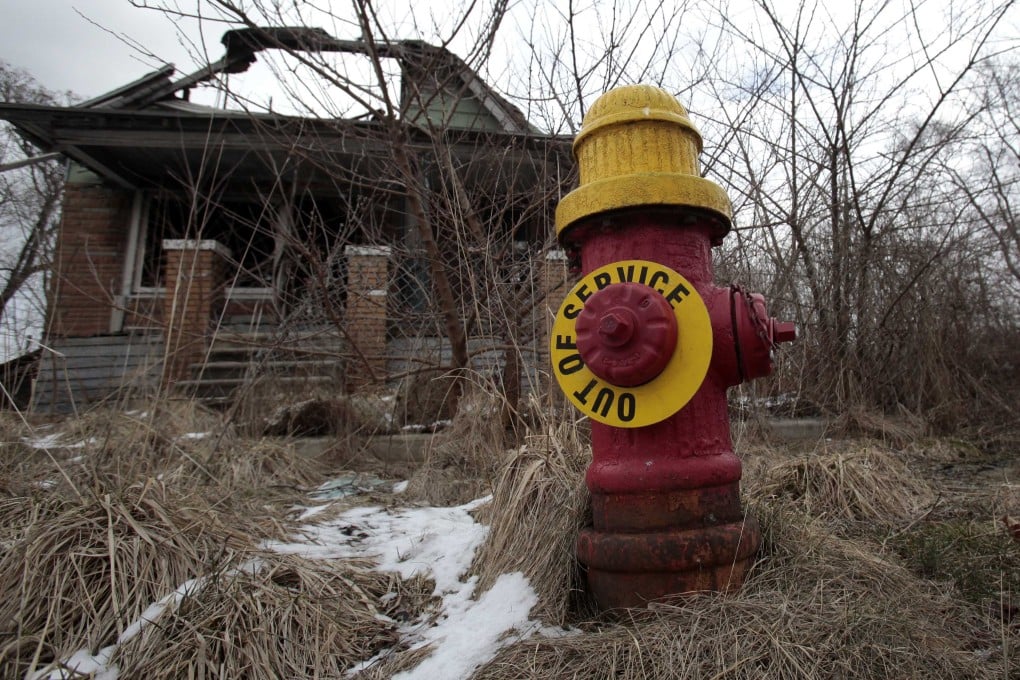Bankrupt Detroit’s downtown renaissance creates trickle of hope

Detroit’s bankruptcy filing last Thursday - the largest in American municipal history - completed a six-decade slide for a one-time industrial powerhouse. Today the city bears an uncomfortable resemblance to a failed state: unable to light or police the streets, educate children, stop arson, or provide emergency care to the dying.
There is, however, a mini-renaissance occurring in the downtown core. It is here that Detroit might just be carving out a new identity, this one driven not by cars but by computers. The Internet-focused businesses springing up have attracted thousands of young, well-educated, tech-savvy “urban pioneers.”
Amid the ruins of a city that has lost nearly two-thirds of its population since the peak of 1.8 million in 1950, a younger generation with no recollection of Detroit’s glory days is settling into condos and lofts in the downtown and midtown areas. Here, say local optimists, lies potential hope.
Today Detroit is “a tale of two cities,” said Edsel Ford II, a great-grandson of Henry Ford and local philanthropist. Images of urban blight are inescapable, but there also is an “exciting, thriving metropolis” downtown. “That’s the Detroit I know,” he said. “And that’s the Detroit that’s got to stand up and help the Detroit that’s going through trouble.”
In this view, if state-appointed emergency manager Kevyn Orr can bolster public safety and basic services, then the gains downtown could spread to other areas.
“We need jobs for people in the neighbourhoods,” said David Enger, director of a joint effort by 10 foundations committing more than US$100 million to Detroit entrepreneurs. “But they can’t be just any jobs - we need jobs for people with less of an employment record and a low skill base.”
